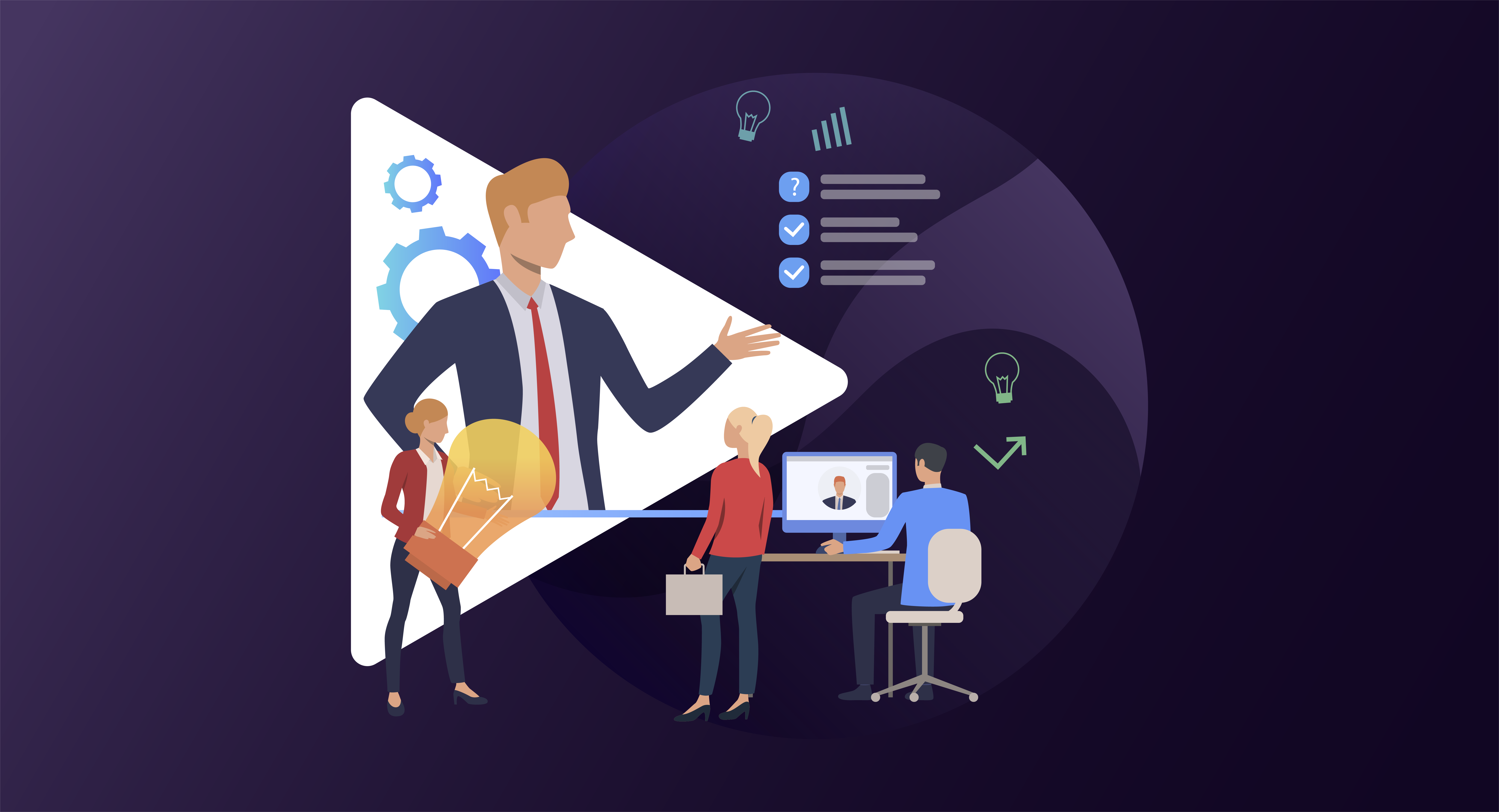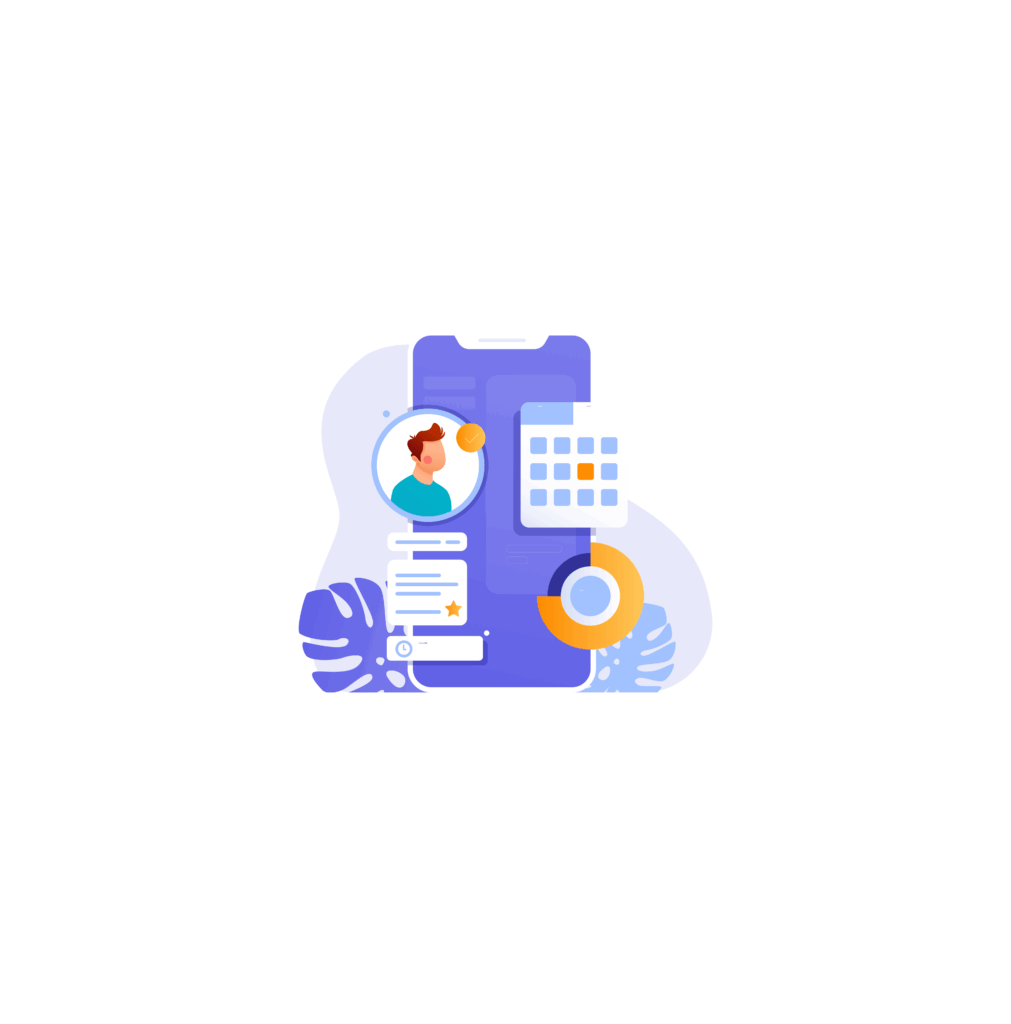Today’s fast-paced tech landscape has added a new challenge for businesses – hiring a skilled tech talent.
Addressing each tech requirement with new full-time employees can be a lengthy and costly process. Amid the project deadlines, many organizations face a skill gap, with demand often surpassing the available workforce. Hence, companies increasingly seek help outside their own team and explore strategies like staff augmentation and consulting. For instance, Deloitte found that 60% of businesses use these two approaches to address skill shortages effectively.
Both of these options are valid based on your organization’s needs. Staff augmentation allows to quickly onboard external professionals who can seamlessly integrate into existing teams. Similarly, consulting provides a different avenue for addressing complex challenges, helping existing teams with strategic execution.
As your companies navigate these options, understanding the nuances between staff augmentation and consulting becomes crucial.By the end of this blog, you’ll clearly understand staff augmentation vs. consulting and know which best suits your project or business needs.
The Essentials of Staff Augmentation vs Consulting
Both of these methods have their own benefits. Knowing the main differences can help businesses improve their staff and meet specific project goals.
Staff augmentation provides temporary help to complete your project, while consulting provides help for your long-term business goals. When choosing the approach, you may question how much control you have and how they change your organization.
Let’s delve into what each approach entails.
What is Staff Augmentation?
Staff augmentation, often called resource or team augmentation, means bringing in skilled workers from external companies to support your in-house team. These experts are selected based on their skills, ensuring they fit into your project seamlessly. It allows you to quickly increase your team’s skills without the stress and cost of traditional hiring.
Popular in the IT industry, staff augmentation helps businesses adapt quickly to meet project needs based on roles like software development, cloud computing, or cybersecurity. The augmented team works as an extension of your own team, collaborating on tasks, sharing expertise, and driving project success.
Here’s how staff augmentation works:
- Hiring: Companies identify skill gaps and partner with a staff augmentation provider. The provider sources and vets candidates, ensuring a quick onboarding process.
- Pay System: The pay system is based on hourly or project-based rates. Usually, the augmented staff are paid through the provider.
- Flexibility: You can scale up or down the team size based on project needs. When a project ends, you can release the augmented staff without any hassle – no severance or long-term commitments.
- Control: You have full control over project management, team collaboration, and decision-making in staff augmentation. It ensures that workflows and company culture remain intact, while encouraging teamwork and learning.

What is Consulting?
Consulting, or project-based consulting, takes a strategic, solutions-focused approach. It involves hiring external professionals or firms to analyze business challenges, set goals, and offer tailored recommendations. Consulting provides an unbiased, expert perspective for your business challenges, identifying improvement opportunities to drive growth and efficiency.
Consulting teams are adept at addressing complex business challenges requiring specialized expertise and better understanding of market trends. The scope of consulting involves strategic planning, process optimization, technology adaptation, and digital transformation.
Unlike staff augmentation, where professionals integrate into your team, consultants operate independently. They focus on delivering expert-driven strategies while your in-house team concentrates on what they do best.
Here’s how consulting works:
- Assessment: Consultants analyze the organization’s IT infrastructure, business goals, and market position to uncover gaps or opportunities.
- Planning: They develop a roadmap, detailing strategies for improvement, implementation, or transformation.
- Implementation Support: Consultants often oversee or guide the execution of their recommendations, ensuring alignment with objectives.
- Handover and Training: Once the project is complete, they hand over tools, documentation, and training to internal teams for sustained success
Staff Augmentation vs Consulting : The Key Differences
Choosing between staff augmentation and consulting can be crucial for addressing your project needs effectively. As mentioned earlier, although both approaches involve external expertise, yet the purpose and executive differ. Staff augmentation is focused on embedding skilled professionals into your workflow, while consulting is focused on delivering strategic solutions.
Knowing how these models differ in terms of the benefit your business needs can help you select the right approach that aligns with your goals for maximum impact.
Staff Augmentation vs Consulting: Impact on Project and Outcome
- Flexibility and Scalability
Staff augmentation facilitates your team to be more flexible and scalable. You can hire augmented staff based on requirement and release them straightforwardly after specific periods. It ensures you have the right support only when you need it.
Consulting teams are comparatively less flexible as it typically involves a predefined scope and timeline, limiting the ability to adapt to changing project needs. Moreover, the independent nature of consulting creates challenges in aligning their work with evolving organizational requirements.
Check out an article on Secrets to Effective Staff Augmentation Strategies to grasp the concept of it fully.
- Cost-effective
Staff augmentation is often more cost-effective, offering skilled professionals temporarily and eliminating lengthy hiring processes Moreover, the expertise can help you deliver projects faster, improve the quality of your products or services, and stay competitive.
On the other hand, consulting can be more expensive upfront. Consultants typically charge higher fees for their expertise and strategic insights. However, their tailored solutions and strategic guidance that aligns with their company’s needs and goals provides long-term benefit, reducing risks and handling challenges effectively.
- Control
Staff augmentation provides greater control over their projects as augmented staff becomes integrated members of the existing team. Your company can directly manage work processes, methodologies, and day-to-day activities, allowing for real-time adjustments as needed.
Moreover, consulting firms operate independently, following their own internal strategies and frameworks. It can limit your company’s influence over projects and outcomes. If your company is seeking guidance to expand in a new market, or solve complex challenges, consulting can be the best option.
- Risk Management
The flexibility that staff augmentation facilitates helps to mitigate risks associated with resource shortages or skill gaps. The collaborative approach of staff augmentation allows for shared risk assessment with external experts and ensures robust project execution.
While staff augmentation is focused on resolving immediate risk associated with the project, consulting offers specialized expertise to identify and mitigate potential risks effectively. The proactive approach of consulting services enhances decision-making, minimizes risks, and strengthens organizational resilience and reputation.
- Comprehensive Solutions
Consulting firms typically offer comprehensive solutions that encompass a wide range of expertise and services, making them ideal for complex projects requiring multifaceted approaches. They can provide strategic guidance and implement best practices across various domains.
However, staff augmentation focuses on filling specific skill gaps within a team, which can be advantageous for projects needing specialized talent without the broader strategic oversight that consulting provides.
Here’s an article on The Benefits and Risks of Offshore Software Development, check it out!
- Addressing Market Challenges
Both staff augmentation and consulting address market challenges but in different ways. Staff augmentation allows companies to quickly access specialized skills to meet immediate project demands, helping them stay competitive in a fast-paced environment.
Conversely, consulting can help organizations navigate larger market shifts effectively. It provides expert advice on strategy and operational improvements, although it may require more time to implement due to its structured nature.
Staff Augmentation vs Consulting: Cost Implications and ROI Considerations
Cost implication and ROI can be key considerations when choosing between staff augmentation and consulting. Now that we see the difference between staff augmentation and consulting based on projects, let us consider the financial aspects of these outsourcing models.
| Feature | Staff Augmentation | Consulting |
| Cost Structure | Typically based on hourly or daily rates for augmented staff | Usually involves project-based fees or fixed retainers. |
| Overhead Costs | Lower overhead costs as you avoid expenses related to hiring, benefits, and infrastructure for full-time employees | Higher overhead costs due to consulting firm’s fees, travel expenses, and other associated costs. |
| ROI Considerations | Offers a high potential ROI by providing specialized skills and resources precisely when needed, optimizing project efficiency | ROI depends on the project scope, complexity, and the consultant’s ability to deliver tangible results and value. |
When to Consider Staff Augmentation: Sample Case Scenario
Case Studies: Triumphs in Staff Augmentation
Scenario: Suppose you own a fast-growing tech startup and struggled as its development team became overloaded. You wanted to launch a new mobile app while keeping up with current software products.
Solution: You teamed up with a staff augmentation provider or company. This company was good at mobile app development and helped you to bring in skilled iOS and Android developers quickly.
Results: The new augmented team worked well with your existing staff. Together, they sped up the app development. The app launched earlier than you expected and got great reviews from users.
Just as the above case scenario, it is best to select staff augmentation model when:
- You need additional tech talents to meet deadlines.
- You need specific technical skills for a project.
- You need temporary support to cover unforeseen circumstances.
- You are looking to expand your team in a cost-effective way.
When to Consider Consulting: Sample Case Scenario
Consulting Success Stories: Transforming Businesses
Scenario: Suppose you own a big retail chain and want to boost its online presence and improve its e-commerce platform. Your goal was to compete in the fast-growing digital market.
Solution: You hired a consulting firm that focuses on digital transformation. This firm analyzed their current e-commerce operations and identified opportunities for improvement. They created a strategic plan to improve customer experience, make logistics better, and increase sales.
Results: After following the consultant’s advice, your retail chain saw a big rise in online sales. Customer satisfaction ratings improved, and the operations became more efficient. This made your business a leader in the busy online retail market.
Just as the above case scenario, it is best to select consulting service when:
- You need specialized insights and directions for initiatives.
- You need a framework to solve complex problems.
- You need help to improve the process and for a smooth transition.
- You are seeking specialized knowledge for specific industry or market.
Conclusion
Staff augmentation and consulting, both models offer unique advantages depending on your business specific challenges.Whether you need to quickly scale your team with specialized skills or seek expert guidance to navigate complex strategic decisions, these approaches can help you achieve your goals effectively.
There is no one approach that fits all when it comes to staff augmentation vs. consulting. To maximize the benefits, it’s important to evaluate your business goals carefully.
Staff augmentation, hiring experienced staff, is ideal for short-term, high-demand projects, while consulting is great for long-term strategic guidance for complex challenges. You can choose any or both approaches based on your business’s requirements, infrastructure, and budget.
Frequently Asked Questions
How do staff augmentation and consulting differ in cost and efficiency?Staff augmentation saves costs on long-term projects or short-term skill needs by avoiding full-time hiring expenses. Consulting, while pricier upfront, offers expert guidance and strategic solutions, delivering strong returns for complex challenges.
Can we combine staff augmentation and consulting?Yes, combining staff augmentation and consulting can be highly effective. For example, a consultant can provide strategic direction, while staff augmentation brings in the skills to execute it, ensuring you achieve your business goals.
What are the primary considerations when choosing between staff augmentation and consulting?The main things to think about are how long the project will take, the skills needed, the level of control you want, your budget limits, and security needs. Take time to review what your company needs and the project requirements. This will help you find the model that fits best.
How do I determine if my project needs staff augmentation or consulting?If your project needs temporary specialized skills or faces a workload spike, staff augmentation is ideal. For strategic guidance, expert insights, or solving specific business challenges, consulting is the better choice.
How do I select a staff augmentation or consulting partner?1. Watch for contracts that are not clear.
2. Be cautious about unclear pricing.
3. Pay attention to poor communication.
4. Ensure that data security measures are strong.
5. Check potential partners carefully.
6. Look at their references.
7. Make sure their skills match what your project requires.
Staff augmentation offers skilled professionals who integrate seamlessly into your team to handle tasks like software development, IT support, quality assurance, and more. They focus on project-specific needs, helping you meet deadlines and fill expertise gaps.
What are the different types of consulting services?Consulting services vary widely based on the specific business needs. Some common types of consulting services include management consulting, IT consulting, HR consulting, Financial consulting and Marketing consulting.
What kinds of projects work well with a staff augmentation approach?Staff augmentation approach works well across industries such as healthcare, fintech, real estate, automotive, and more. We provide experienced developers based on your tech stack needs.




